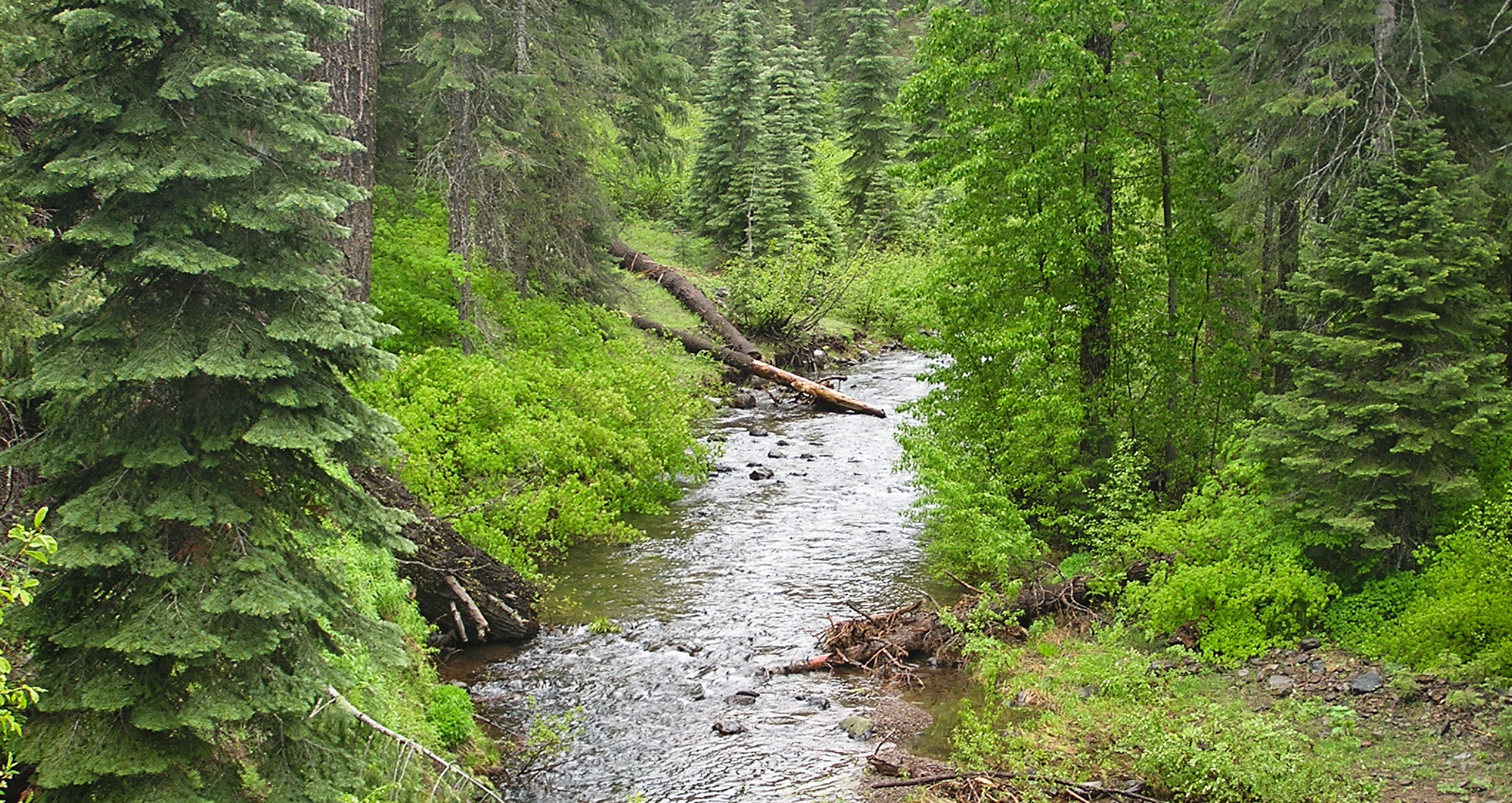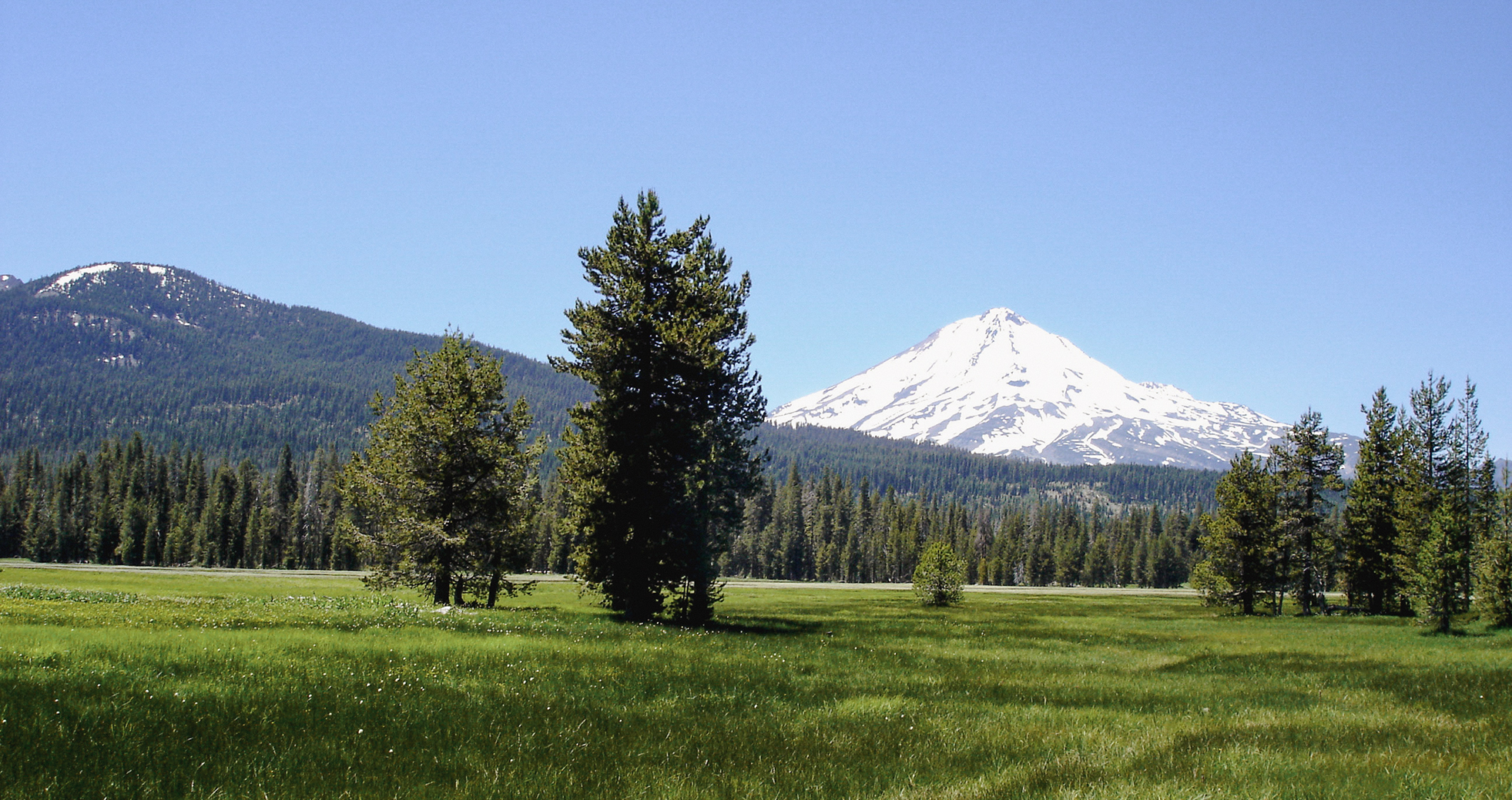FOREST FLASH February 2022
In Pacific Forest Trust’s e-newsletter, Forest Flash, we send you the most recent PFT news and updates on forests, clean water, climate, and wildlife. Subscribe here.

Legislation from the Forest Accord will codify new management on Oregon’s private forests.
The Oregon 2022 legislative session is intense. It’s the “short session” – 35 days in length – but the legislative agenda is long, with significant dollars available due to a high state revenue forecast and the influx of federal funds. This should be good news for important conservation and forest issues that PFT supports, but these bills will need additional support to make it to the Governor’s desk. SB1501 and SB1502 are the result of the recent Private Forest Accord Report, codifying into law a set of changes to the Oregon Forest Practices Act, including upgrading road conditions and reducing sediment into waterways. The Accord came after unprecedented collaboration between private forestry companies, small forestland owners, and conservation leaders, and will apply to the 10 million acres of private forest in the state.
The Oregon Natural and Working Lands proposal SB1534, introduced by Senator Golden, would lay the foundation for new programs to increase carbon sequestration and climate resilience on Oregon’s natural and working lands. The bill has been referred to the Ways and Means Committee and will need additional support to get moved as a priority due to legislative maneuvering that has slowed session work. PFT also supports two other measures: HB4130, a bipartisan bill with funding for wildlife crossings and funding for the Oregon Agricultural Heritage Program. The first is also caught in Ways and Means, while the second is now in the Ways and Means recommended budget. Lastly, SB1546, which establishes the Elliott State Research Forest is moving forward in Ways and Means. PFT strongly supports securing the funding for the Common School Fund, which is in the bill, while noting the protection measures should continue to be strengthened.

PFT has conserved key forestlands linking several million acres of public lands in the Klamath-Cascade region.
California and Oregon are home to the most productive and diverse conifer forests in the world. These forests are irreplaceable homes for our rich heritage of fish and wildlife, not to mention irreplaceable sources of our water. A new report, Biodiversity at Risk: Today’s Choices Matter, published by the National Academies of Sciences and chaired by PFT Board Chair Ann Bartuska, highlights how important it is to work at the landscape level, across both public and private lands to save that biodiversity. Voluntarily conserving working lands that connect across the West’s public and private ownerships will be essential to saving our wildlife heritage. This is a key reason for PFT’s focus on conserving private forests and linking those to public lands across the Klamath-Cascade Region and along the Siskiyou Crest, a core of biodiversity in this region. Accelerating voluntary conservation of key forests in this region would serve to catalyze 30×30 efforts in both states while providing a model for protecting the nation’s biodiversity. And, in the process, we will promote a more adaptive, carbon rich and climate resilient world for the future.
California committed to conserve at least 30% of its lands and coastal waters by 2030 and has dedicated $768 million towards this for the 2022-2023 biennium. The state’s recently released draft “Pathways to 30×30” report highlights opportunities for private voluntary land conservation and stewardship, and recommends a more significant investment to help conserve private lands. The 2022 budget is the opportunity to bring this vision to life, increasing funding for voluntary private lands conservation. PFT, with a number of other groups, is seeking to increase that allocation by another $1 billion to the state’s Wildlife Conservation Board given the urgency of the need (as the NAS report highlights), and the robust state budget forecast.
 At the UNFCCC COP 26 in Glasgow, there was a major call to conserve forests to avert the twinned climate and biodiversity crises – matched by a resounding call for private finance to help launch solutions. And, we are seeing a rush by many companies to show they are going “carbon neutral” or even “carbon negative” through a burgeoning number of forest offset programs. But not all forest carbon offsets are created equal, as PFT Board member Andrea Tuttle likes to say. While a wide range of voluntary standards are being promoted, a number have dubious, or at the least quite questionable, claims. PFT is calling for a new federal ratings program by which consumers and producers can ascertain what program makes sense for them by better understanding the climate benefits.
At the UNFCCC COP 26 in Glasgow, there was a major call to conserve forests to avert the twinned climate and biodiversity crises – matched by a resounding call for private finance to help launch solutions. And, we are seeing a rush by many companies to show they are going “carbon neutral” or even “carbon negative” through a burgeoning number of forest offset programs. But not all forest carbon offsets are created equal, as PFT Board member Andrea Tuttle likes to say. While a wide range of voluntary standards are being promoted, a number have dubious, or at the least quite questionable, claims. PFT is calling for a new federal ratings program by which consumers and producers can ascertain what program makes sense for them by better understanding the climate benefits.
More public discussions about this, such as the March 3rd PIELC conference, and its panel on carbon offsets, are needed. And discussions such as those in the SAF January Forestry Source on voluntary programs must also address the key issues of forest offset additionality, permanence, verification, reporting, risk insurance, and transparency, even while highlighting the variety of new landowner opportunities to participate in voluntary programs. It is wonderful to have new opportunities to pay landowners to do good things in their forests. But if we are selling pollution offsets, the atmosphere must also clearly, additionally, and durably benefit. All the new voluntary “forest carbon credits” sold to offset tons of actual CO2 pollution (which lasts for hundreds of years) should be equivalent to their actual benefit for the atmosphere. At the least they must meet the UNFCCC and compliance standards of a hundred-year benefit. Watch for an upcoming PFT webinar on this topic soon.
Give with confidence. Charity Navigator awarded Pacific Forest Trust a perfect score in finance and accountability.

